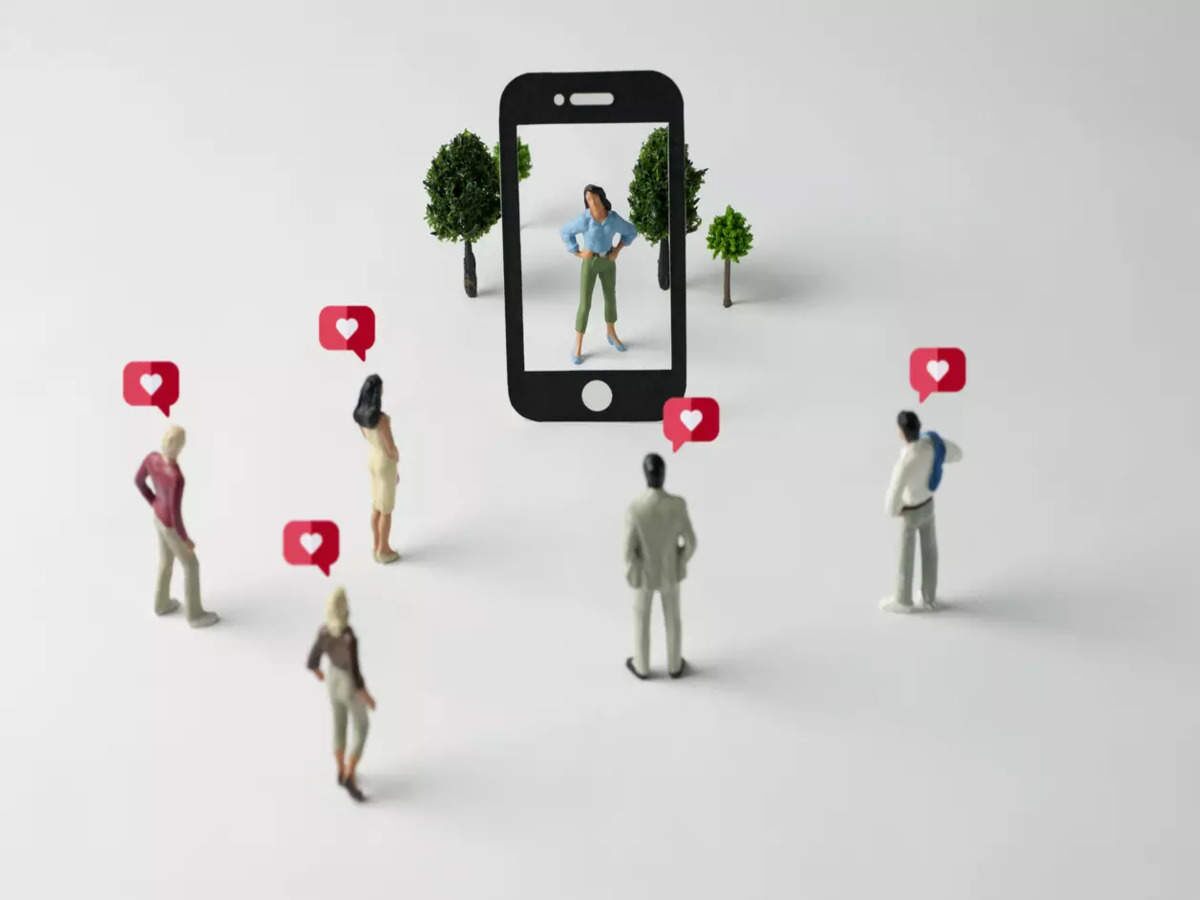Influencer budgets have stayed strong despite economic uncertainty, according to a new survey of 250 marketers. Here were 4 other key takeaways.

Over three-quarters of brands are looking to partner with macro influencers (those who have between 100,000 and 500,000 followers, like TikTok creator Cherie Luo) in 2023, according to a new report from the influencer-marketing agency Linqia.
The last time Linqia published this report, in 2021, "micro" influencers (those with fewer than 100,000 followers) were the most in-demand partners for brands. But what brands are seeking to get out of partnerships with creators may be shifting, said Keith Bendes, VP of strategy at Linqia.
"Brands want fewer, bigger, better — they're really investing in deeper relationships with influencers," he told Insider. "When you go deeper, it's way harder to do that with a ton of volume. They want more meaningful partnerships with influencers."
Linqia surveyed over 250 enterprise brand and agency marketers in July for the report.
Here were 5 key takeaways.
1. Influencer-marketing budgets continue to increase despite economic headwinds.
About 76% of respondents said their influencer-marketing budgets had either increased or remained the same versus the prior year.
Breaking that down even further, 18% of respondents reported seven-figure budgets for influencer marketing in 2023. On the flip side, 15% of marketers reported budgets of $100,000 or less, per the survey.
"It's a much bigger spend, it's a much bigger part of an integrated strategy," Bendes said.
2. Brands are looking to work with macro influencers, who gained popularity over micro creators.
In 2021, 90% of marketers said they planned to leverage micro influencers in their campaigns, according to Linqia. This year, the tables have turned — dropping to only 74% of marketers.
Meanwhile, more brands said they plan to hire macro influencers for their campaigns this year, increasing from 72% in 2021 to 81% in 2023.
Bendes said micro-influencer rates have gone up over the past two years, and in some cases, they charge almost the same amount as macro influencers.
But micro influencers haven't lost their appeal completely, and there's still a high demand from brands for their work, he added.
The percentage of marketers who are hiring celebrities for influencer marketing deals also more than doubled between 2021 and 2023 — from 14% to 29.5%, according to Linqia's data.
3. Most brands hope AI will help them identify the right creators to work with.
When asked about AI's potential impact on the influencer-marketing industry, about 72% of brands said they would like to see it help them identify the right influencers for campaigns.
"I think it's telling that despite all the innovation and everything we do in this industry, finding the right creator partners is still one of the biggest pain points brands have," Bendes said.
About 65% of marketers also said that they'd like to see AI streamline performance analytics for influence marketing.
4. Over half of brands are using creator-generated content for their own social channels.
Creator-generated content (also known as user-generated content, or "UGC"), where a creator makes content for a brand that will exclusively live on the brand's own channels, is appealing to brands. Fifty-eight percent of survey respondents reported that they were working with creators in this way.
"This is where that whole influencer versus creator conversation happens," Bendes said. "For a lot of brands, it comes down to, are you truly trying to influence consumers? Are you trying to build really cool content? And if you're just trying to build really cool content and it's about your channels and your marketing, and it's not about influence necessarily, then the reach of the person doesn't matter."
5. Engagement rate is still the most common way to measure the success of a campaign.
Linqia asked marketers to choose their "top three measures of success" for influencer-marketing campaigns, which revealed that engagement rates still reign supreme. Engagement rates help brands understand how much of an influencer's audience interacts with their content.
According to the survey, 69% of marketers said that engagement rates are the most important KPI.
Reach (which calculates how many accounts an influencer's content will reach) was the second most important metric, with 53% of respondents naming it as a top measure of success.
Here's a breakdown of brands' most important influencer-marketing metrics:
Engagement rate: 68.85%
Reach (CPM): 53.28%
Brand lift or share of voice: 43.44%
Conversions (sign-ups): 34.43%
Traffic (CTR): 32.79%
Sales: 30.33%
Quality of influencer: 21.31%
Increase in followers: 14.75%
Products added to cart: 11.48%
Other: 3.28%
